By Steve Nollette, Principal Engineer, EXPERT POWER SOLUTIONS, Inc.
To fulfill the requirements of NERC PRC-002-2, consider evaluating the existing protection and control system for partial compliance, before installing a single-purpose device, such as a Digital Disturbance Recorder (DDR). Many generation sites have latent/dormant capacity for sequence of event (SER) recordings and fault recording (FR) capabilities that partially satisfy the requirements of the PRC-002-2 standard but have not been set up or configured properly. These ancillary devices can all be considered components of the Digital Monitoring Equipment (DME). Attention should be given to the existing system resources as well as any near-term capital improvement projects of the generator protection and control systems. By leveraging the existing system benefits beyond meeting the minimum requirements of PRC-002, other recurring NERC standards can also be supported. Consider the following three examples.
First, recordings captured by the DME are intended to assist engineers with post transient analysis. However, the same equipment can also be utilized for performance testing. Regular performance verification of the exciter/voltage regulator and governor controls are required by NERC MOD-026 and MOD-027 standards. Imagine regularly collecting transient data as proof of machine performance rather than scheduling specialized testing firms to demonstrate machine performance.
Second, Protection System Maintenance requirements in standards PRC-005, 008, 011, 017 require that system components be maintained by either a time-based or condition-based maintenance (CBM) program. A carefully engineered DME can supplement a CBM program by providing verification, virtual continuous monitoring, and non-invasive maintenance data of protection system components. A CBM program has a significant advantage over time-based maintenance programs in that problems or failures are reported within seconds of occurring, reducing the percentage of problems, mis-operations or failures that would occur before being caught in the next round of testing.
A third example of leveraged DME capabilities relates to the accessibility of instrument transformers on a regular testing schedule. As a DME collects signals from analog devices, comparisons can be made between signals received from each instrument transformer across the monitored system thereby verifying functionality and accuracy across devices. This can be especially advantageous when considering the difficulty to access instrument transformers within generators, iso-phase bus, transformer bushings, etc.
Using these strategies, existing infrastructure and investment capital can be leveraged to provide benefits beyond meeting the minimum regulatory requirements of a single NERC standard. Prudent operator/owners can use this opportunity to not only reduce the cost of compliance but to also build in additional system features to support multiple NERC maintenance and performance testing standards. Rather than being a burden, NERC PRC-002 can be a great opportunity to holistically consider the benefits of new technologies and equipment capabilities to save maintenance dollars while improving operational readiness.











